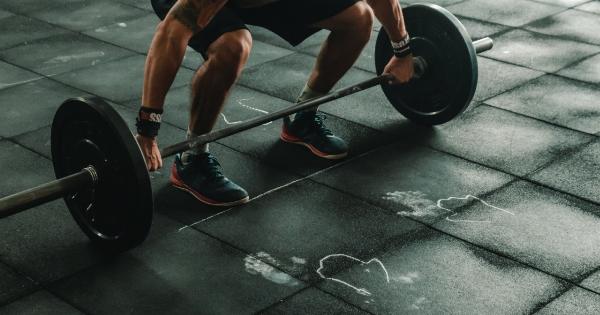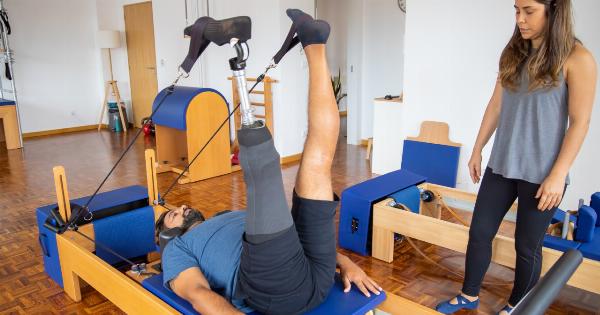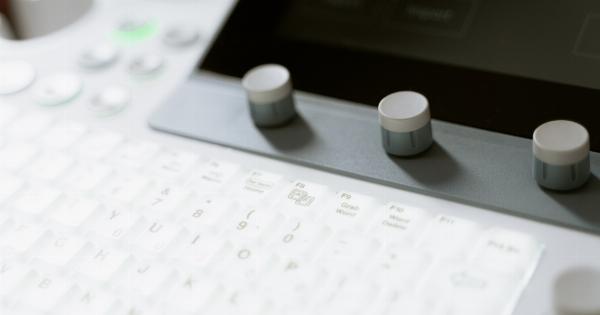Counting your heartbeats is an easy and simple method of checking your heart rate. Monitoring heart rate is essential for maintaining good health.
Understanding your heart rate can help you track your progress and identify any abnormalities that may require medical attention. In this article, we will discuss the basic information about heartbeats, how to count them, and why it matters.
What is a Heartbeat?
A heartbeat is the sound of your heart contracting, pumping blood through your body. It is caused by the opening and closing of heart valves. The normal resting heart rate for an adult is between 60 and 100 beats per minute.
The heart rate is faster in children and infants and slower in older adults.
Why is it Important to Count Your Heartbeats?
Monitoring your heart rate can provide valuable information about your cardiovascular health. A high resting heart rate can indicate stress, dehydration, or other medical conditions.
On the other hand, a low resting heart rate may indicate good cardiovascular fitness. By counting your heartbeats, you can gain insight into your physical health and track changes over time.
How to Count Your Heartbeats
The easiest way to count your heartbeats is to find your pulse. You can feel your pulse at any point where an artery comes close to the skin surface, such as your wrist, neck, or inner elbow. Follow these steps to count your heartbeats:.
- Find your pulse using your index and middle fingers.
- Count the number of beats you feel in 15 seconds.
- Multiply that number by 4 to get your heart rate in beats per minute.
For example, if you count 15 beats in 15 seconds, your heart rate is 60 beats per minute (15 x 4).
When to Count Your Heartbeats?
You can check your heart rate at any time, but it is best to do it when you are relaxed and at rest. You can check it first thing in the morning before you get out of bed, or after sitting for a few minutes.
Avoid counting your heart rate after exercising, eating, or drinking, as these activities can increase your heart rate temporarily.
How to Interpret Your Heart Rate Reading?
The normal resting heart rate for an adult is between 60 and 100 beats per minute. However, individual heart rates can vary depending on factors such as age, fitness level, and medical conditions.
Here’s a general guideline for interpreting your heart rate readings:.
- Less than 60 beats per minute: Low heart rate, but may indicate good cardiovascular fitness in athletes and older adults.
- 60 to 100 beats per minute: Normal resting heart rate for adults.
- Greater than 100 beats per minute: High heart rate, may indicate stress, dehydration, fever, or other medical conditions.
If your heart rate is consistently above or below the normal range, it is best to consult your doctor for further evaluation.
Tips for Monitoring Your Heart Rate
Here are some tips for monitoring your heart rate:.
- Use a heart rate monitor: A heart rate monitor can provide accurate and continuous heart rate readings during exercise and other activities.
- Keep a record: Write down your heart rate readings and track changes over time.
- Consult your doctor: If you have concerns about your heart rate or notice any irregularities, consult your doctor for evaluation and advice.
Final Thoughts
Counting your heartbeats is an easy and simple method of monitoring your heart rate. It can help you track your progress, evaluate your cardiovascular health, and identify any abnormalities that may require medical attention.
By following the steps outlined in this guide, you can get a better understanding of your heart rate and take control of your physical health.





























